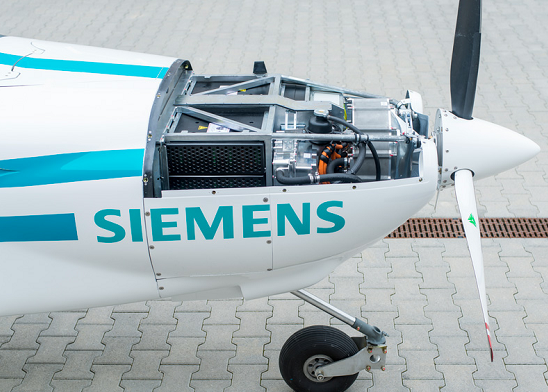Guide: A Magnus eFusion electric plane crashed in southern Hungary and caused two pilots to be killed on board. The aircraft used Siemens'electric drive motor to complete its first flight in Hungary in 2016.
With the depletion of petrochemical energy and the deterioration of environmental pollution, more and more companies are beginning to seek electricity as an alternative to traditional energy. Today, electric drive products are being promoted around the world, such as electric vehicles, electric boats, electric planes, and so on. However, current battery technology still fails to meet the long-term battery life requirements. In addition, battery overheating may cause deformation, and extreme environments may explode. These problems have been hindering the development of the industry.
Recently, a Magnus eFusion electric plane crashed in southern Hungary and caused two pilots to be killed on board. The aircraft used Siemens' electric drive motor to complete its first flight in Hungary in 2016. According to the police, the Magnus eFusion was part of the inauguration of the new Magnus headquarters, but the aircraft crashed near the airport after performing several missions.
The Siemens eFusion electric aircraft is a double-row fixed-type landing gear aircraft. The latest model is driven by Siemens 60kW electric motor. The aircraft electric propulsion system (including motor and battery) is partly designed by Siemens Hungarian subsidiary and Siemens headquarters in Germany. At first, the eFusion electric aircraft was just a model. The Hungarian Magnus Aircraft Company planned to commercialize it and sell it for about $200,000. The aircraft currently has a maximum output of 85 kW and is designed for the European UL ultralight aircraft market.
At present, the main cause of the accident is still unclear. Does the aircraft catch fire before or during the crash? In a statement, Siemens said it is not possible to comment on the final cause or any situation. They are working closely with the authorities to clarify the cause of the accident.
Is it feasible for human to maneuver an electric aircraft?
The use of lithium-ion batteries to power aircraft has been controversial. In the past, there have been many battery failures in the Boeing 787 Dreamliner. eFusion has a lot of lithium-ion batteries in front of the aircraft, and its safety is still worrying ahead of the pilot. There are not many flight cases yet, and the safety of small aircraft power supply batteries has yet to be tested.

It is reported that the eFusion aircraft can carry out aerobatics, and its products will be sold together with the parachute system. It is not known whether the test aircraft is equipped with the parachute system or whether it can help the pilot to get help in the crash.
Over the years, a number of electric aircraft have been developed and tested, including the two-seat Airbus aircraft that flew over the English Channel in 2015 and the Sunshine Power 2 solar-powered aircraft that completed the global trip. These tests laid the foundation for future passenger aircraft.
According to reports, JetSuite, the leading private airline in the United States, will add a hybrid aircraft to its fleet. The new hybrid aircraft can accommodate 12 passengers and was developed by Washington State electric aircraft startup Zunum Aero. It is expected that approximately one aircraft will be received each month in the first or second year, and the company says it will add up to 100 hybrid aircraft.




